It’s so easy to be confused about what to eat with so much conflicting advice. Today I’m sharing information on two common food groups I get asked about-fruit and vegetables.
“Aw Man! Those are my favorite vegetables,” my friend said, disappointed. She didn’t want potatoes and beans to be starches. Diagnosed with diabetes, she heard that starches were “bad” and thought she would have to give up her favorite food. She was so thankful when I told her she was mistaken.
Vegetables are chock full of nutrients. All of them. Ideally you should consume a wide variety of vegetables because they each have a different nutrient profile. The more variety, the more different antioxidants, fiber, and other nutrients will nourish your body.
When you have diabetes you need to eat a consistent amount of carbohydrate to assist you in maintaining a stable, healthy blood sugar level. Because of this, starchy vegetables are counted differently than the other vegetables. That’s because they are 2-3 times higher in carbohydrate than non-starchy vegetables. Starchy vegetables are similar in carbohydrate to grains so they are usually placed together in the “starch” group to make meal planning for diabetes easier.
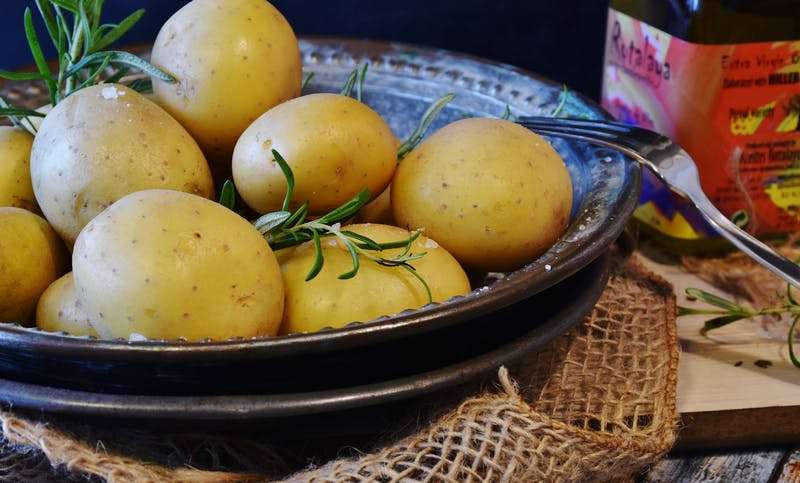
In case you’re wondering, here are some examples of starchy vegetables:
potatoes (any color), corn, peas and beans (not green or wax beans but the type you take out of the pod and eat (e.g. lima, pinto, kidney).
You should set a goal of eating plenty of vegetables, both starchy and non-starchy. Most people simply don’t consume enough vegetables. Therefore, there is definitely no reason to avoid your favorites. (As an aside, I think a lot of people don’t eat vegetables because they remember their parents boiling them into mush or pouring them out of a can and then uttering that familiar refrain, “Eat your vegetables!.” I suggest you check out the many modern recipes that feature incredibly delicious combinations of vegetables that you may have never considered).
Here’s another common question and comment I get:
“Which fruits are good when you have diabetes? I know I can’t have bananas because they are full of sugar.”
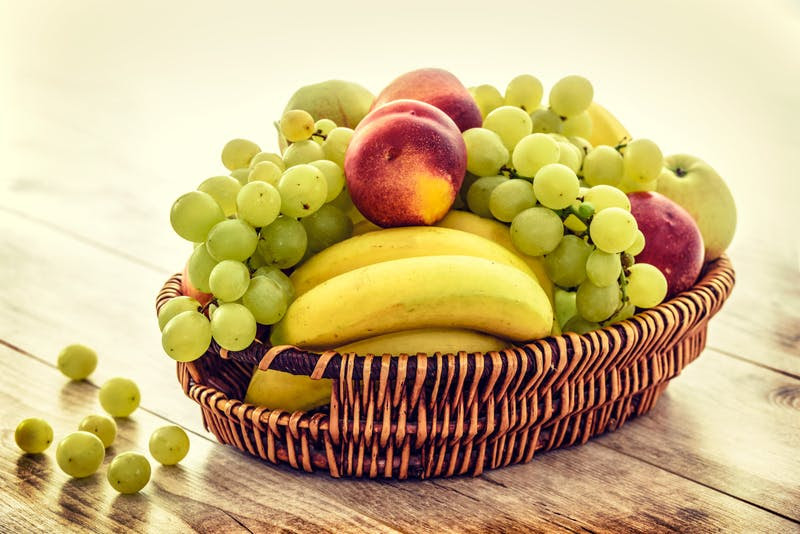
Actually, all fruits are full of sugar. However, along with the sugar is fiber, antioxidants, vitamins and minerals. Everyone should have several servings of fruit a day, including people with diabetes. Just like vegetables, the specific nutrients vary in fruit, and to get the greatest benefit, it’s best to eat different types.
All fruits are healthy. Sugar is simply a type of carbohydrate. Fruit is an excellent way to get the carbohydrates you need in a complete and convenient little package. Like vegetables, the carbohydrate content varies depending on the type of fruit. For example, bananas and grapes have more than berries. But all fruits are packed with good nutrition, and I recommend eating a variety. You can enjoy them canned, dried or frozen, which makes them easy to enjoy year round.
So what are the best fruits and vegetables? Those that you will eat. All are healthy, and most Americans consume much less of both groups than recommended. Among their benefits, fruits and vegetables help lower cholesterol, high blood pressure, and cancer risk. They are generally low in calories and eating them can assist you in getting to a healthy weight. Dried plums, otherwise known as prunes, even have the potential to help protect against bone loss. With over half of Americans over age 50 estimated to have either osteoporosis or low bone mass, having prunes is a great idea.
Here’s a few ideas:
- Add blueberries, raisins, diced apple or dried apricots into oatmeal
- Add peppers, onions, spinach, or shredded carrots to an omelet
- Make a smoothie with frozen banana, low fat yogurt, and berries
- Make a pizza at home with bought crust topped with mushrooms, peppers, onions, tomatoes, and pineapple
- Add avocado to toast or sandwiches
- Use banana with peanut butter instead of jelly on a sandwich
- Have an apple with nut butter for a snack
- Blend cooked cauliflower into mashed potatoes
- Top a baked potato with salsa
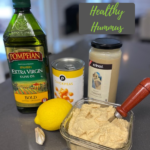



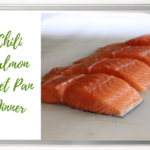
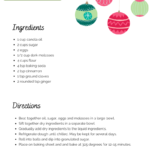
Leave a Reply